Simplified, scalable
E-commerce
fulfilment solutions.
Experience Higher customer satisfaction rates, Increased ROI and unmatched cost reductions.
Experience the MacMillan Advantage:
Our rapid turn-around times, competitive, predictable pricing ,and a suite of tailor-made solutions for your business, you’re you market ready within days allowing you to propel your business forward and emerge as leaders in your niche.
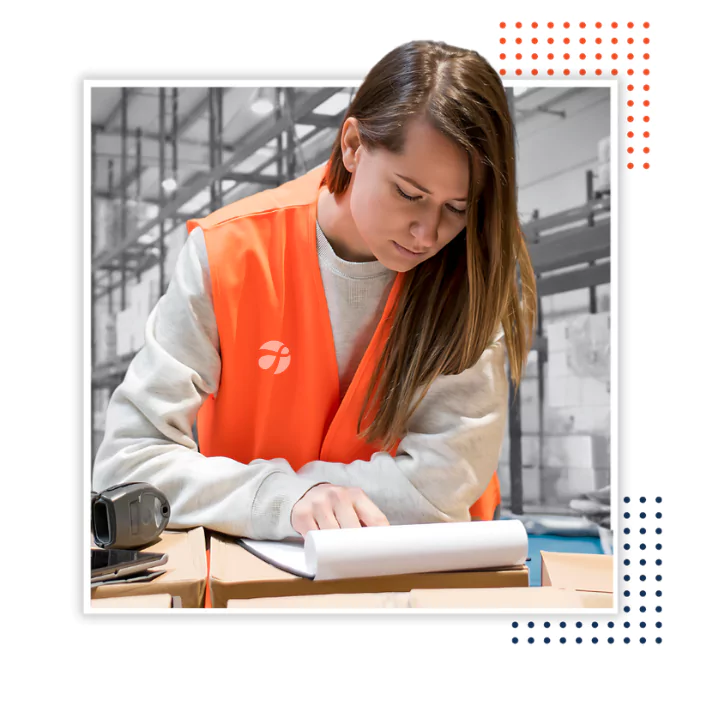
Seamless E-Commerce Platform Integrations
At the heart of our fulfillment infrastructure is a robust, API-driven platform that integrates seamlessly with your eCommerce ecosystem, empowering merchants to operate across multiple sales channels with unparalleled ease and efficiency.Our advanced Mantis driven WMS combined with over 45+ technology partners and integrations and major online marketplaces like Shopify, Amazon, Magento, and eBay, allows us to facilitate automatic order fulfillment, real-time inventory updates, and dynamic order tracking.
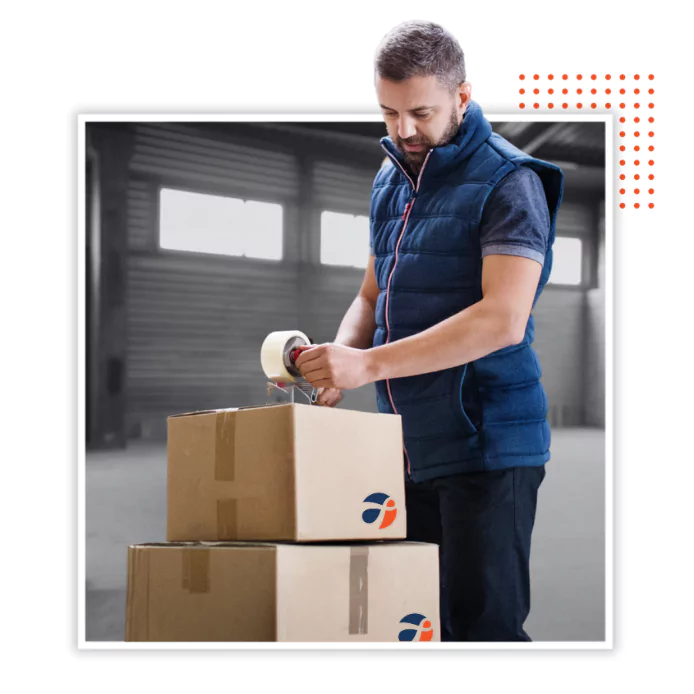
Same-Day
Order Fulfillment:
Win more customers with our same day order fulfilment, boasting a 99.4% pick-up rate and covering most areas across Canada. Our distribution network with a dedicated fleet of 3000+ drivers, high lane densities, and A.I powered platform helps us reach to your customer, always on time.
Strategic, Secure,
Smart Warehouses:
Our GMP certified warehouses offer full-reach coverage across Canada. Equipped with our advanced Mantis powered WMS, we help you prevent inventory shrinkage, ensure accurate stock levels and minimize losses.
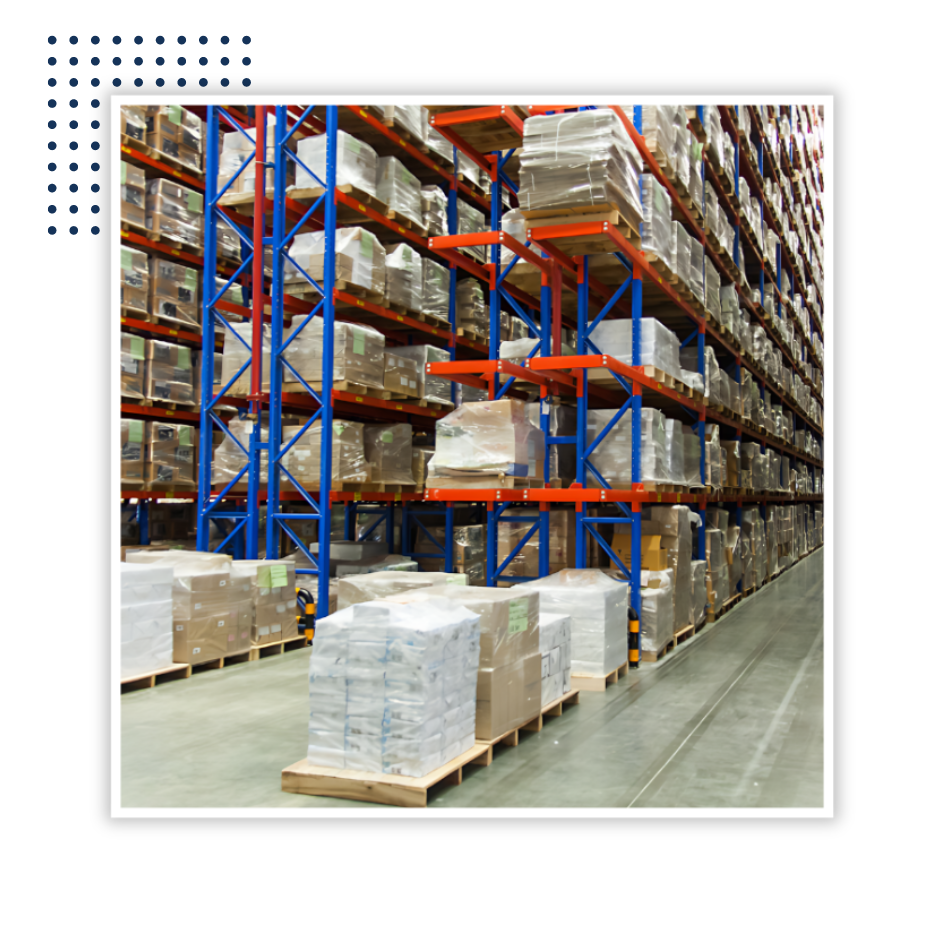

E-Commerce
Returns Processing:
Our robust reverse logistics solutions, tailored to your needs, allow us to transform your lost sales into an overwhelmingly positive and efficient customer experience. Our reach, speed and monitored processes allow us to provide visibility to both our clients and customers.
Highly
Competitive Pricing:
Cut your fulfilment costs in half with Macmillan and accelerate your journey towards exponential gains. Our proven track record paired with our extensive delivery network ensures your products get from point A to B without any compromise in security, reliability and transparency while enjoying significant cost reductions.

The MacMillan Edge in Ecommerce Fulfillment Services in Canada
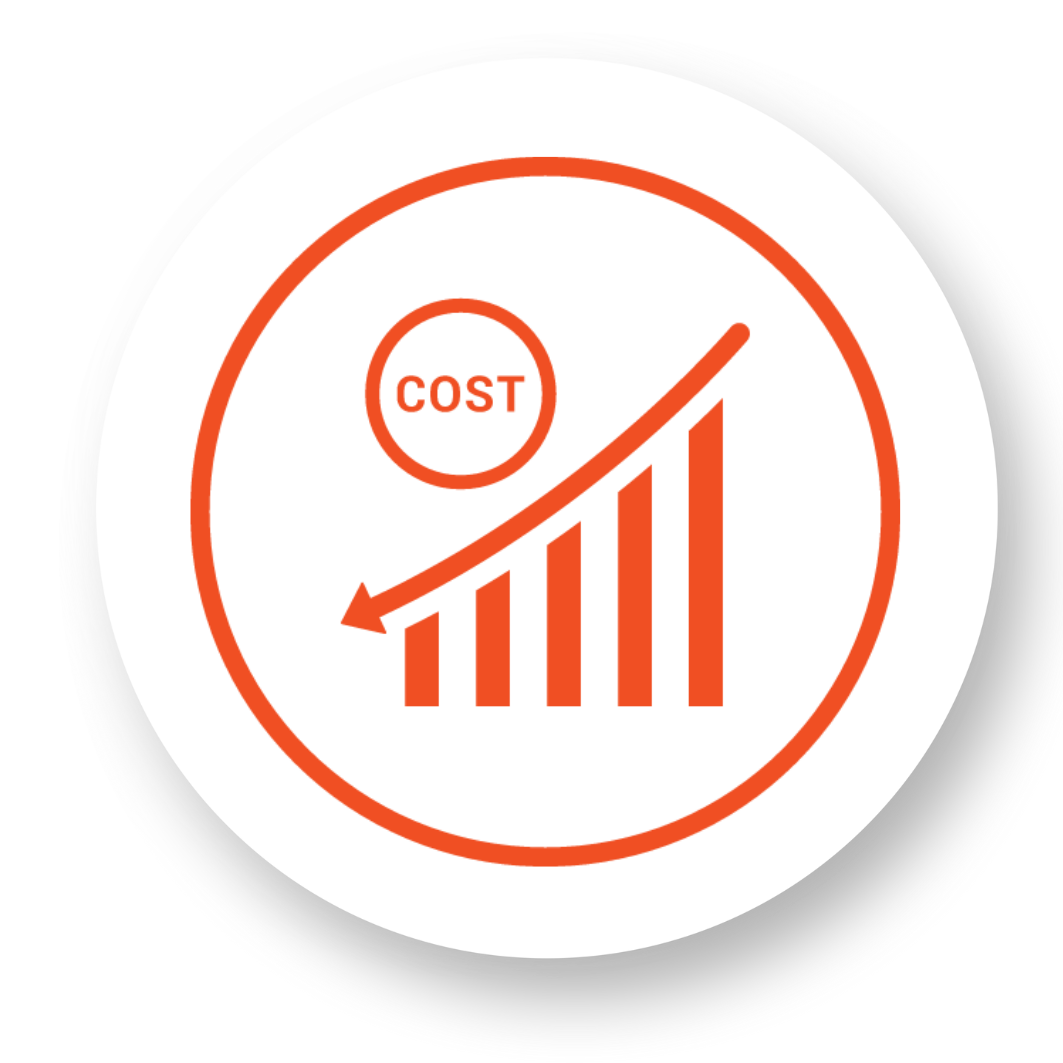
Cost-Effective Solutions:
Say goodbye to logistical challenges with our efficient, cost-effective e-commerce fulfillment services in Canada.

Scalability at Your Fingertips
Our services grow with your business, from startups to established enterprises.

Focus on Growth:
Let us handle the complexities of e-commerce fulfillment, so you can focus on expanding your business.
Why partner with MacMillan?
With MacMillan Supply Chain Group, we simplify your journey to rapidly scale your business, with solutions that are streamlined , efficient, and primed for growth with our predictable pricing, cutting edge solutions, and dedicated team of experienced individuals.
Our commitment to operational excellence means we deliver on our promises, providing you with the reliability and peace of mind you need to focus on growing your business.
Experience the future of eCommerce fulfillment—partner with MacMillan Supply Chain Group today and turn your logistics operations into your competitive advantage.
Efficient Returns Handling:
Our systems ensure your inventory is always up-to-date and ready for action.
Our Process for E-commerce Fulfillment Services in Canada
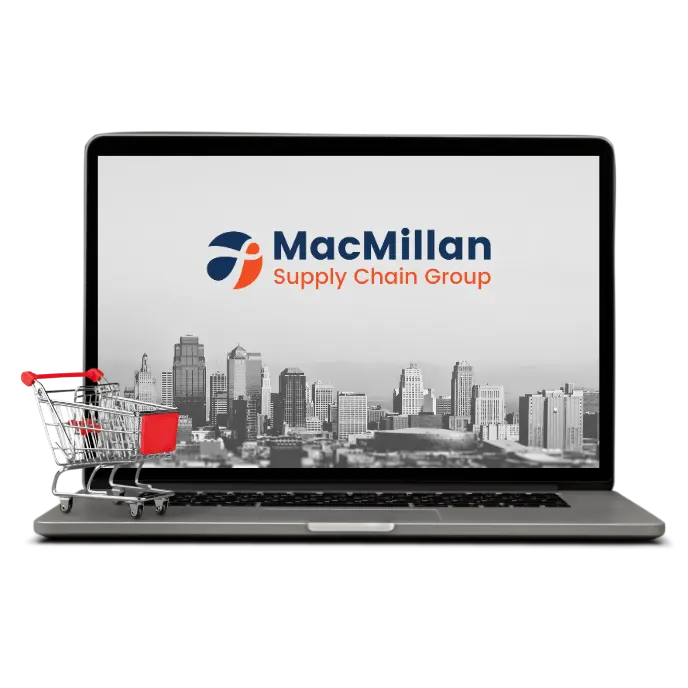
Ready to Leap into E-commerce Excellence?

Got Questions? We’ve Got Answers
E-commerce fulfillment refers to the process of receiving, processing, and delivering online orders to customers. It involves inventory management, order picking and packing, and shipping.
Our process is streamlined for efficiency so we start first with proper onboarding to ensure we understand your business requirements. Once you’re onboarded, we ensure that the fulfillment process has been tested and we begin picking and shipping orders immediately. Our goal is to provide a seamless experience for both you and your customers.
We implemented Mantis as our WMS last year. The system provides complete visibility for order tracking, inventory management, and data analytics. Our tools are designed to enhance transparency, accuracy, and overall efficiency in the fulfillment process.
Yes, our services are fully compliant with Canadian regulations. We understand and adhere to regional shipping requirements, ensuring a smooth and compliant fulfillment process.
Getting started is easy! Simply contact us today. Our team will guide you through the onboarding process and discuss how we can tailor our services to meet your unique requirements.
and the dynamics of e-commerce fulfillment in Toronto.



